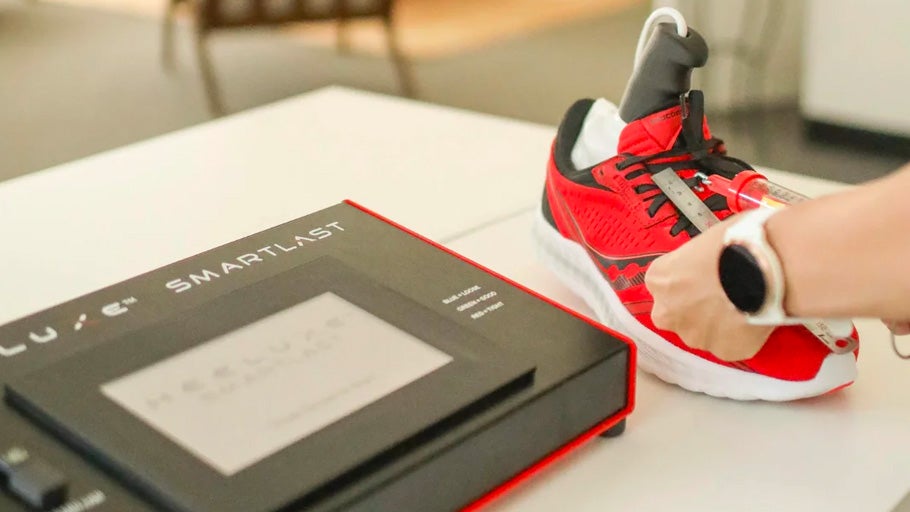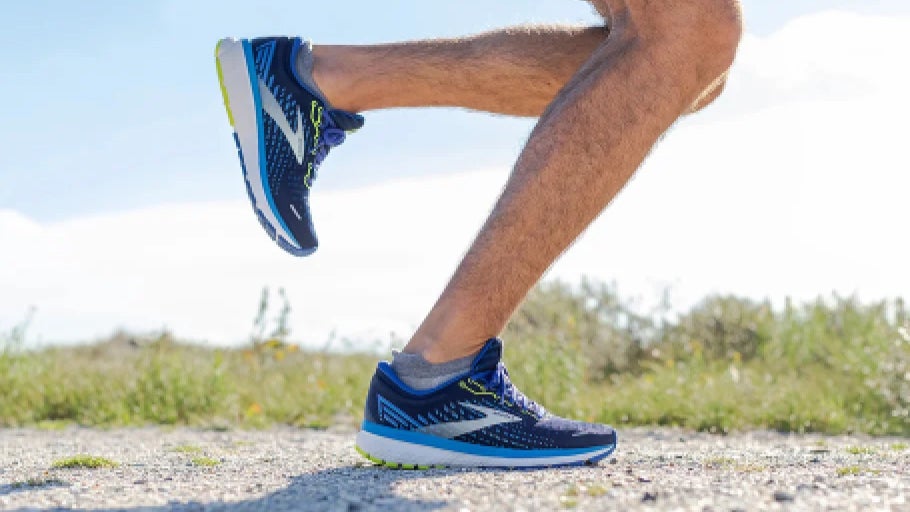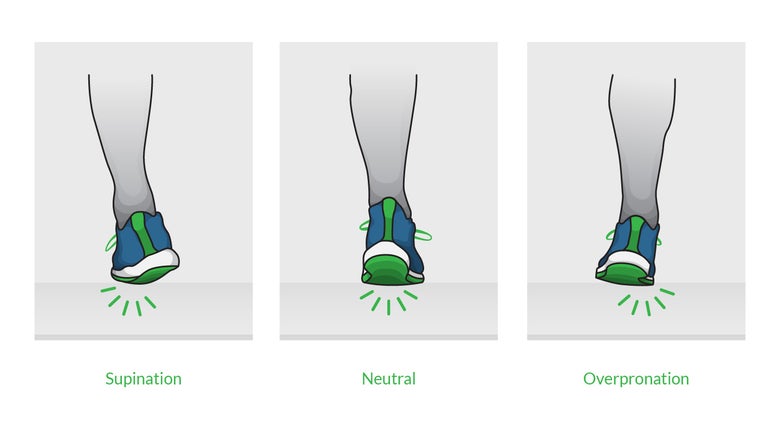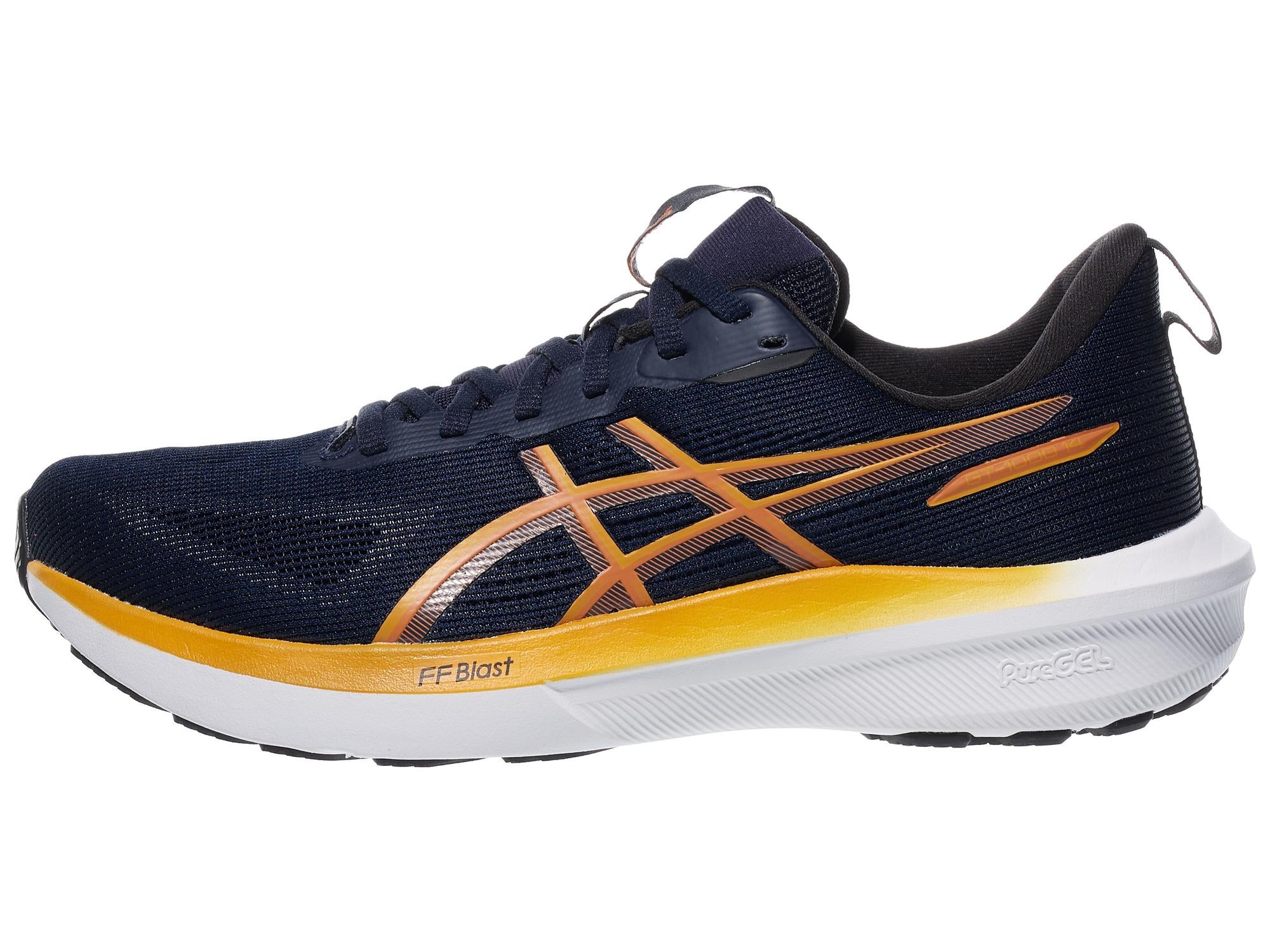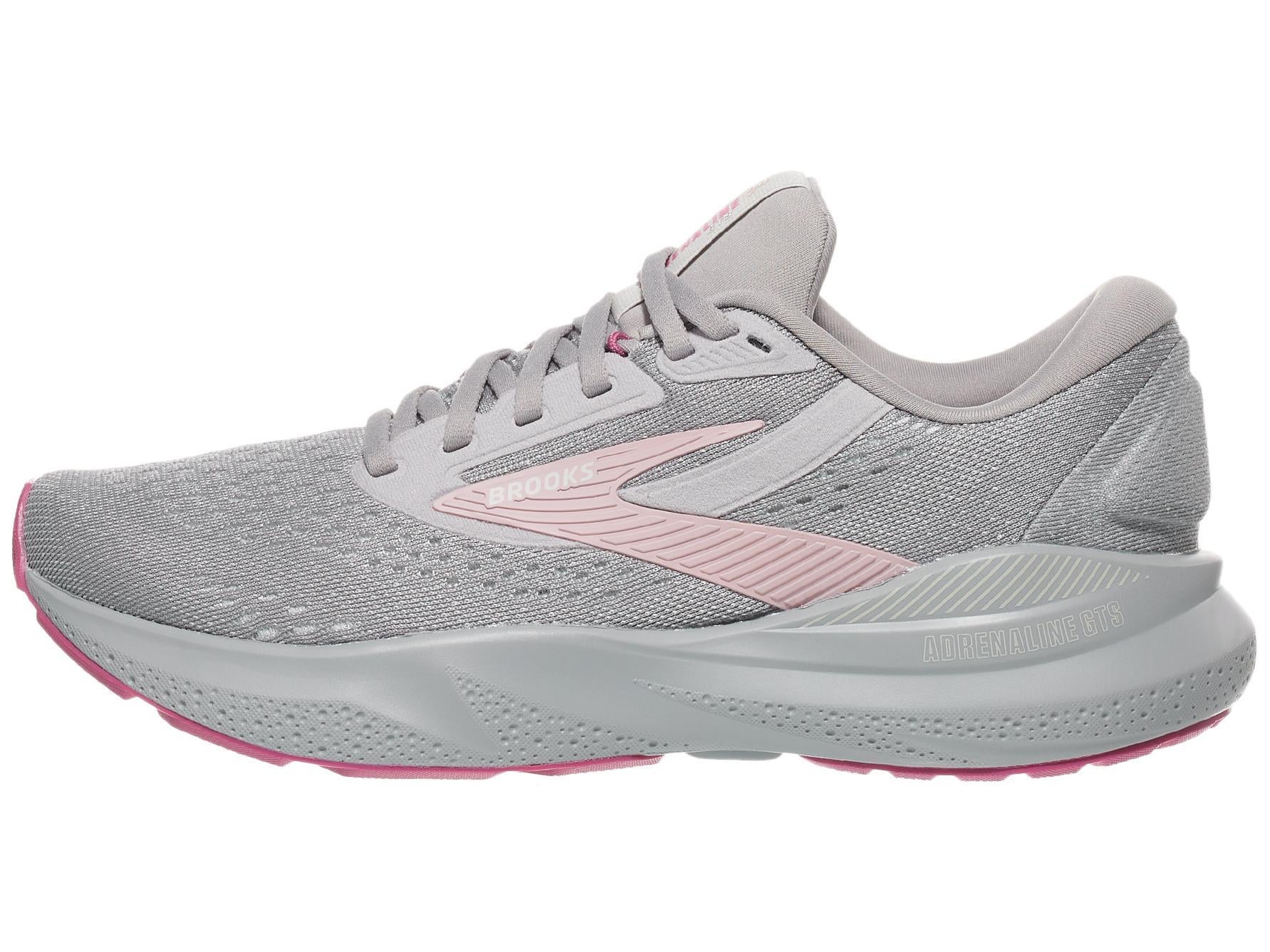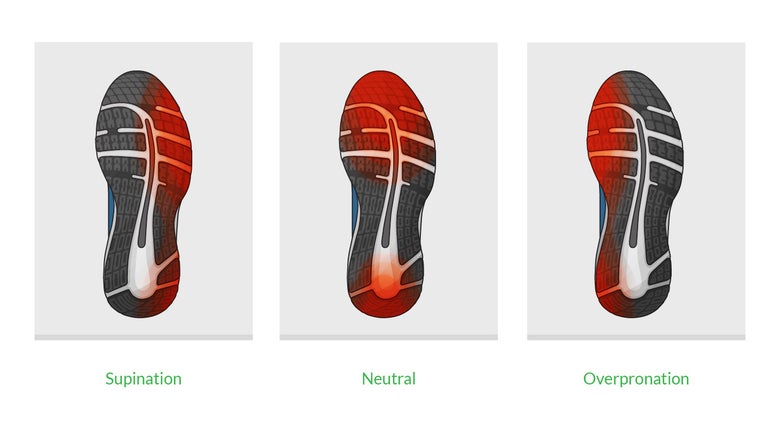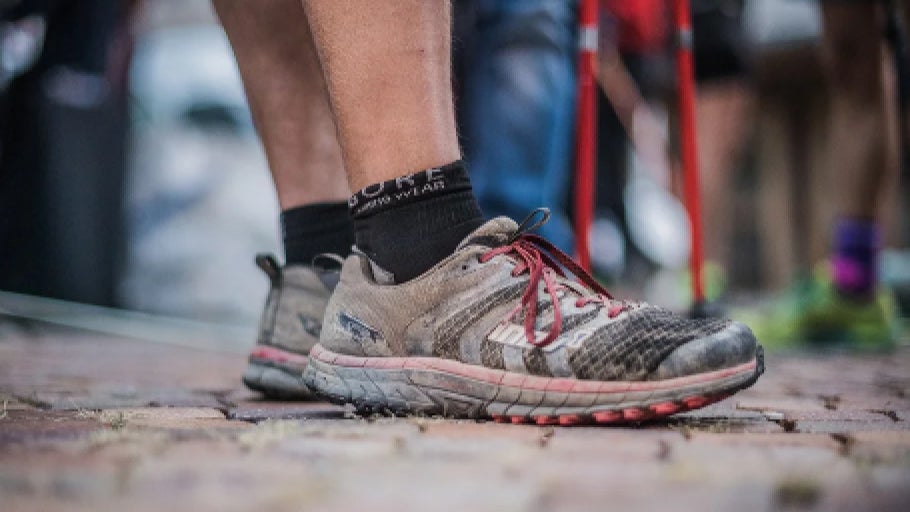
What is Pronation & Do You Need Stability Shoes?
Have you ever heard the term stability shoe and thought, “What exactly does that mean?” Maybe you’ve been told by your doctor or a running store expert that you overpronate and should consider a stability shoe, but aren’t sure what that actually entails.
For years, stability running shoes were seen as bulky, medical-looking footwear prescribed mainly for people with foot problems. But the category has evolved. Today’s models are sleek, stylish, and versatile—offering the perfect balance of support and comfort for a wide range of runners and walkers. Whether you’re recovering from an injury, aiming for better alignment, or simply enjoy a more guided feel underfoot, stability shoes are worth a closer look.
In this guide, we’ll explain what pronation is, why overpronation can be problematic, what stability shoes do, how they compare to neutral shoes, and how to decide if they’re right for you.
What Is Pronation?
Pronation is a natural process that happens every time your foot hits the ground. As you walk or run, your arches collapse slightly inward, helping absorb impact and distribute forces safely through your body. Without pronation, running would feel stiff and jarring.
Not all pronation is the same:
Neutral pronation: Your arch collapses just the right amount, absorbing shock efficiently.
Overpronation: The arch collapses too much, causing the foot to roll excessively inward.
Supination (underpronation): The arch barely collapses, causing more pressure on the outer edge of the foot.
Runners who overpronate often experience discomfort in their feet, knees, hips, and even lower back. On the other end, supination can also cause pain and injury, though it’s less common.
Why Is Overpronation a Problem?
While pronation itself is natural and necessary for shock absorption, overpronation places extra stress on the body’s kinetic chain. Over time, this can compound with the repetitive impact of running, contributing to injuries such as:
- Shin splints
- Plantar fasciitis
- Runner’s knee
- IT band syndrome
- Achilles tendonitis
Even if you only run a few miles a week, excessive rolling of the foot can lead to wear patterns, inefficiency, and discomfort. That’s where stability shoes come in.
What Are Stability Running Shoes?
Stability shoes are designed to counteract excessive inward rolling by guiding the foot into better alignment. They do this through built-in support features like:
- Dual-density or multi-density midsoles: Firmer foam on the inner side of the shoe resists arch collapse while softer foam cushions impact.
- Medial posts: Firmer inserts under the arch that stabilize the foot through the gait cycle.
- Guide rails: Bumper-like features along the inner and outer sides to reduce side-to-side motion.
- Firm heel counters: Structured cups that hold the heel steady.
- Wider bases: Broader landing platforms for added stability.
These features help create a smoother, more efficient stride—reducing injury risk and increasing comfort, especially over long distances.
Neutral vs. Stability Shoes: What’s the Difference?
Neutral shoes: Prioritize cushioning without corrective structure. Best for runners with neutral pronation or supination.
Stability shoes: Include built-in support to guide feet that roll too far inward. Best for runners who overpronate or who prefer a firmer, more controlled feel.
Do You Need Stability Running Shoes?
There’s no “one size fits all" answer. Some runners with flat feet or overpronation thrive in stability shoes. Others prefer a more neutral feel. It often comes down to personal comfort and how your body responds.
Signs that stability shoes might help:
You’ve been diagnosed with overpronation or flat feet
Your shoes wear unevenly (more on the inside edge)
You experience knee, shin, hip, or arch pain
You’ve had injuries linked to misalignment (e.g., plantar fasciitis)
A doctor or physical therapist recommended supportive footwear
You use orthotics or arch supports regularly
You prefer a structured, supportive ride
How to check your pronation level:
Wear Test: Look at the soles of your old running shoes. Excess wear on the inner edge suggests overpronation.
Wet Foot Test: Step on cardboard with a wet foot and compare your footprint to typical pronation patterns.
Ways to Correct and Support Overpronation
Stability shoes are one effective tool, but they’re not the only solution. Combining footwear with strengthening and recovery strategies can lead to the best results.
- Corrective exercises: Strengthen your arches, ankles, and hips with moves like clamshells, lateral band walks, calf raises, lunges, and “short foot” drills. These can reduce excessive collapse of the arch over time.
- Insoles: Supportive insoles can help align the foot and reduce strain, especially for people with flat feet. However, avoid pairing strong corrective insoles with stability shoes, as it may overcorrect.
- Recovery footwear: Sandals and shoes designed for post-run comfort (like HOKA, Deckers Lab, or Birkenstock) can help reduce stress on your feet and promote recovery.
FAQs
Can men and women wear the same stability shoes?
Most models come in men’s and women’s versions, with subtle differences in fit. Women’s shoes often have narrower heels and more arch support, while men’s shoes may have wider platforms. Fit and comfort matter more than the label, so don’t be afraid to try both.
Can I use stability shoes for walking?
Absolutely. Many walkers (especially those with flat feet or long days on their feet) benefit from the added structure.
Should I strengthen my feet even if I buy stability shoes?
Yes! Shoes can guide your stride, but strengthening your feet, calves, and hips creates long-term resilience. Think of stability shoes as one piece of a bigger toolkit.
The Bottom Line
Not everyone needs a stability shoe. But if you overpronate, have flat feet, or deal with discomfort after running or walking, stability shoes can make a big difference. Modern designs combine sleek looks with innovative support, so you don’t have to sacrifice comfort or style.
The best way to know? Try them out. Visit a specialty running store, get a gait analysis, and see how your body feels in different models. When it comes to running shoes, comfort and personal preference are always the ultimate guide.


